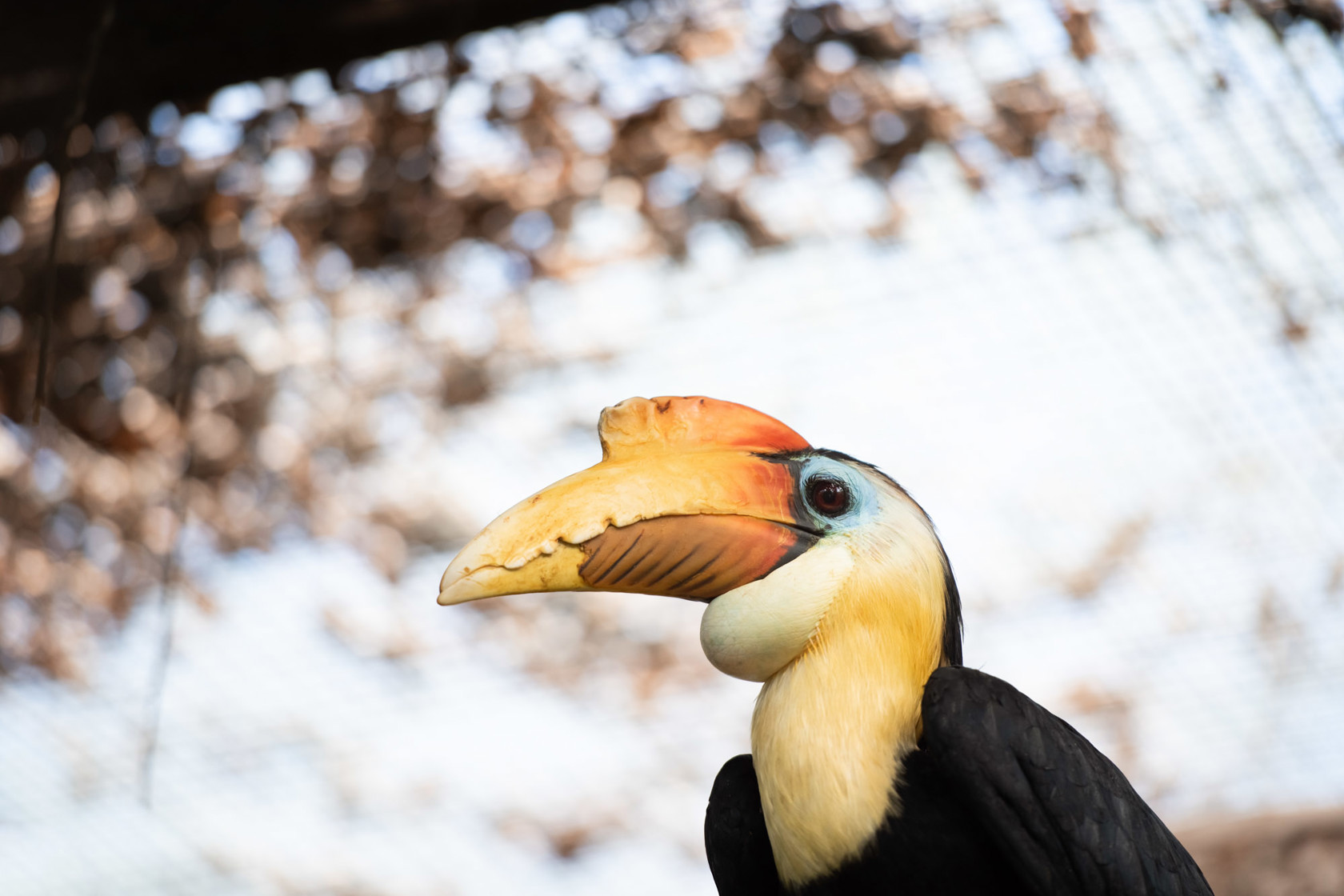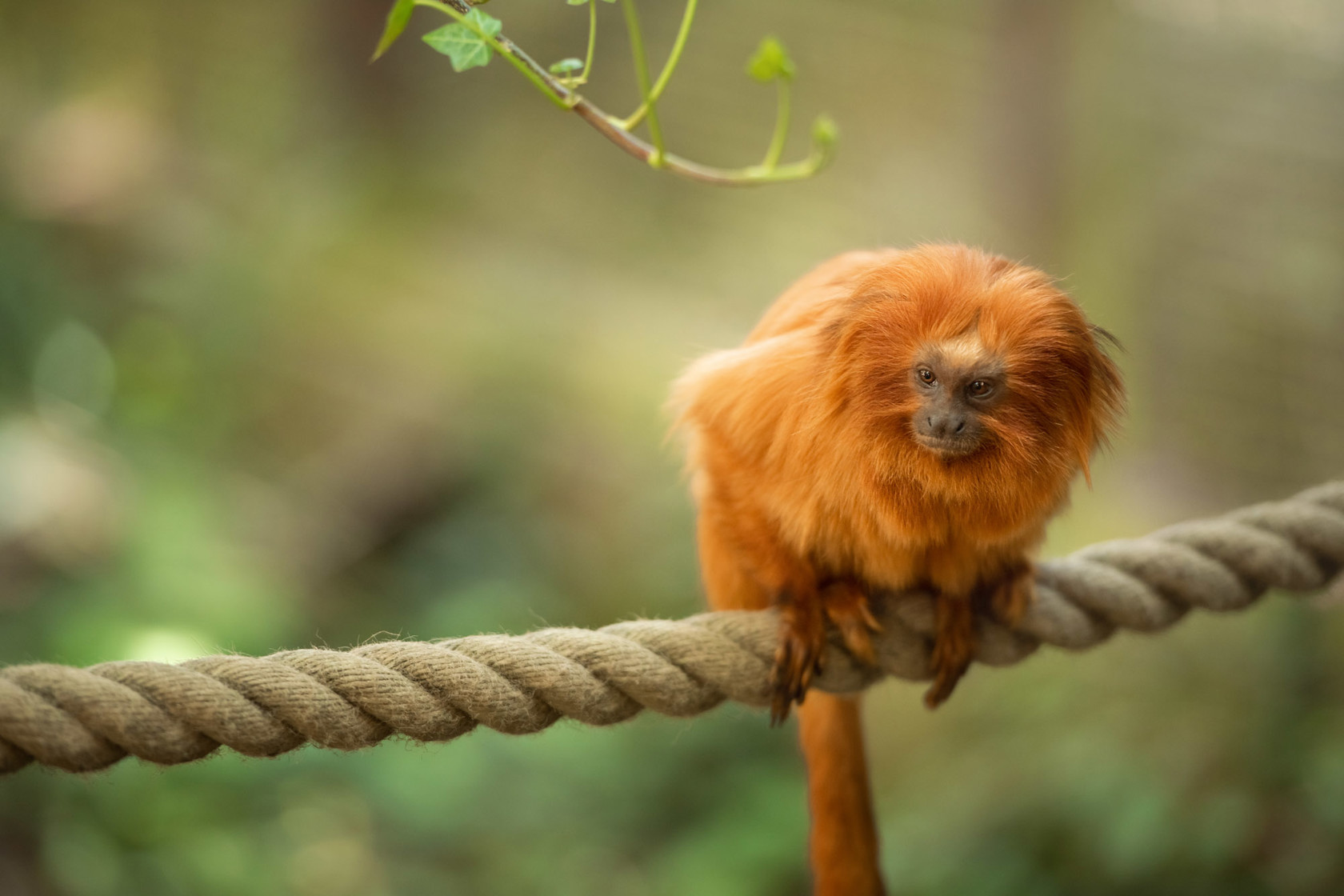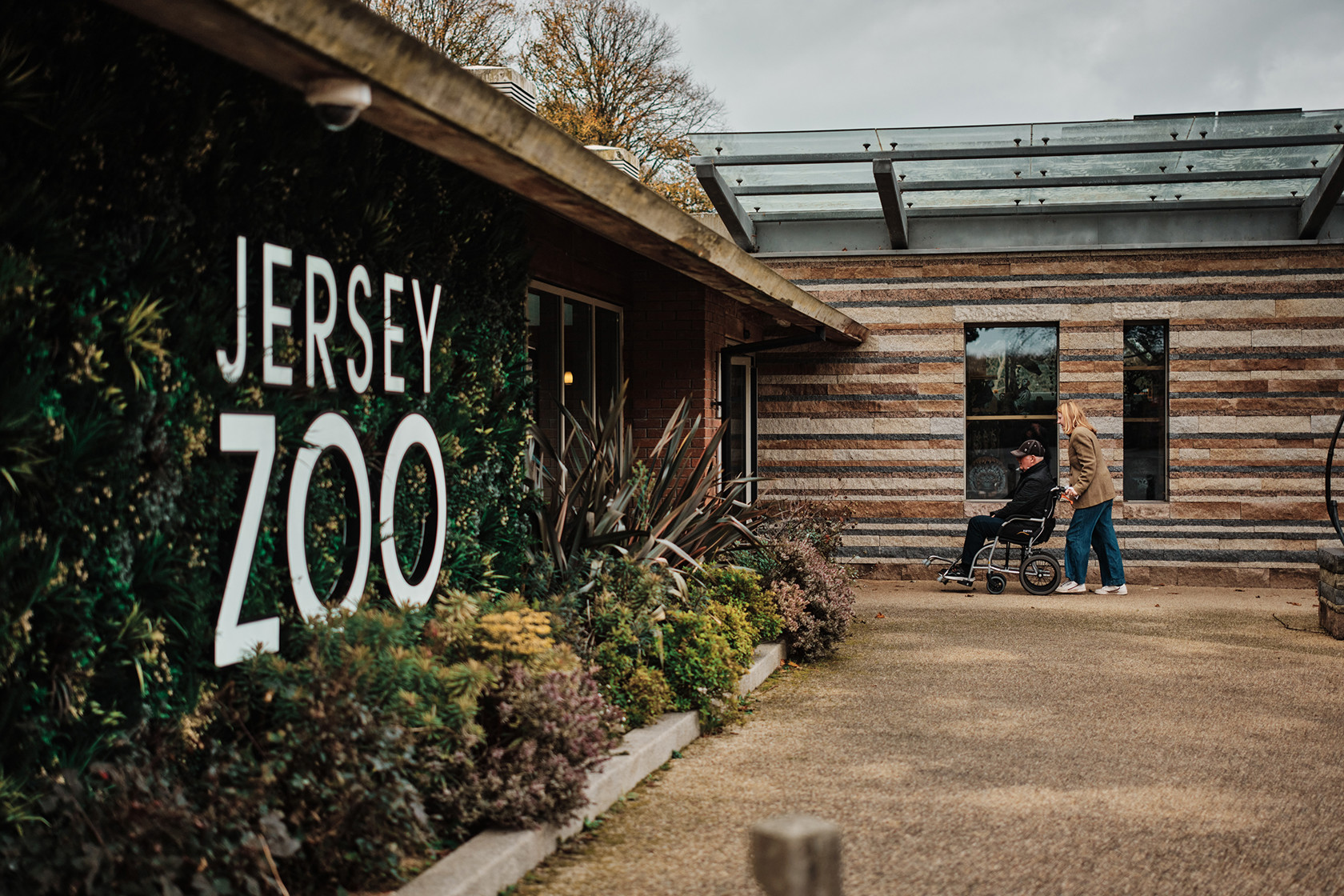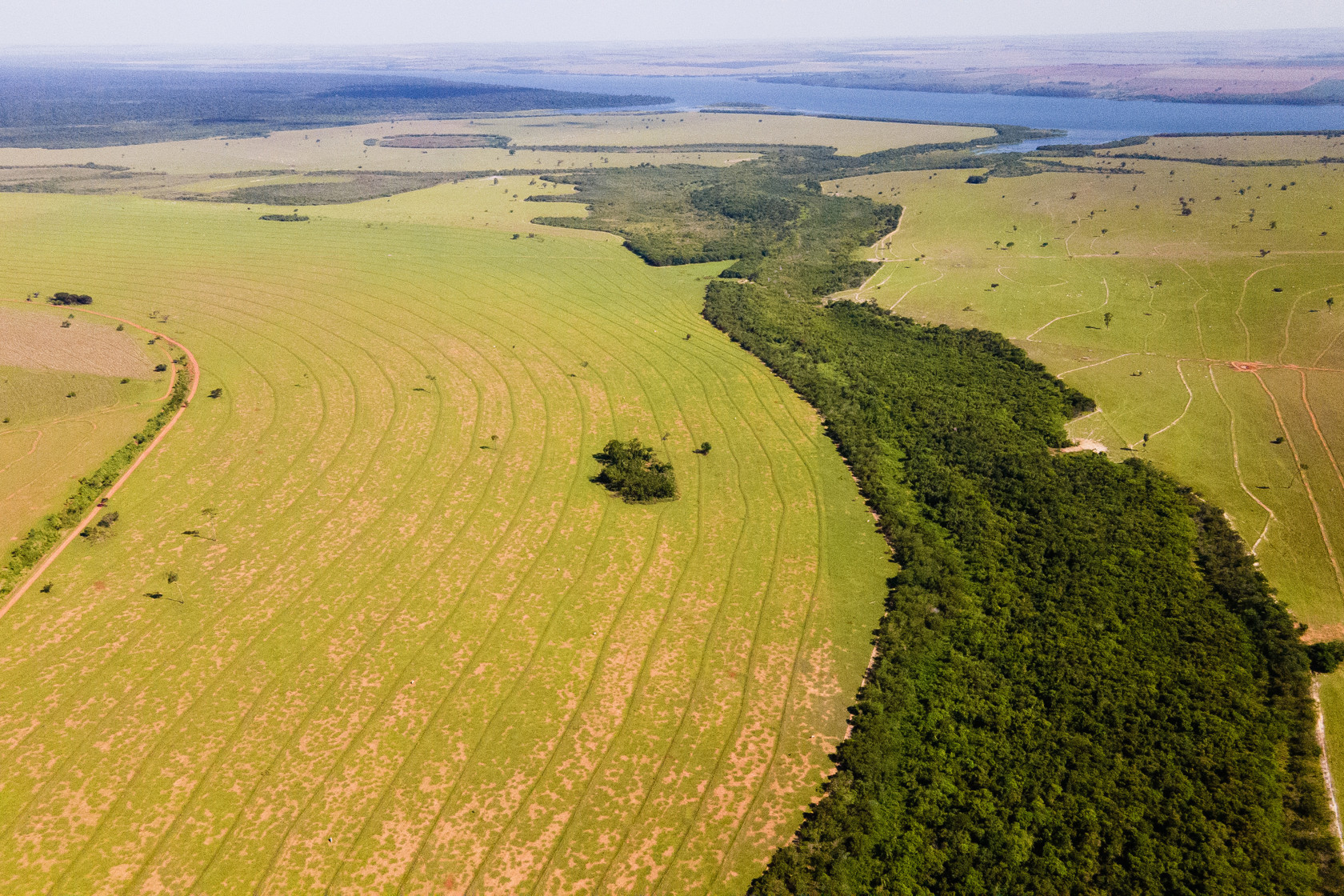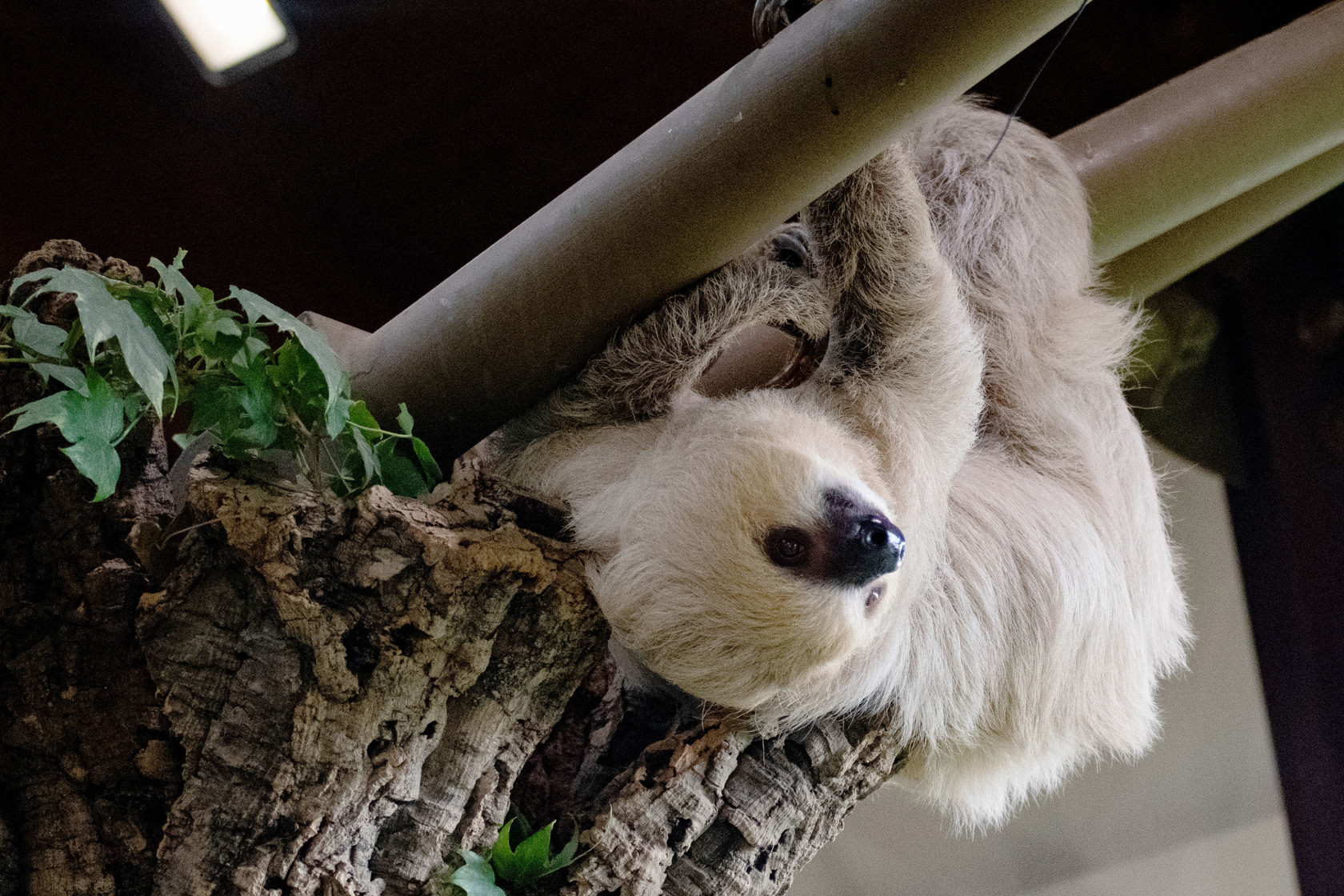New Sahonagasy Action Plan 2016-2020
Madagascar is home to over 300 species of amphibian that are largely endemic to the island. This highly diverse and globally important assemblage of amphibians is under increasing pressure from a range of threats. In response, an international collaboration of organizations and individuals have come together to create a coordinated strategy to address these threats, and have secured key funding to initiate its implementation.
The first major step in this effort is the publication of the New Sahonagasy Action Plan (NSAP) 2016-2020 (“sahona” in Malagasy means “frog,” while “gasy” is a contraction for “Malagasy”). The plan lays down a frame work to guide actions to address these threats, increase our knowledge of Madagascar’s amphibian fauna, and to help put conservation into action.
Jeff Dawson, amphibian program manager of Durrell Wildlife Conservation Trust, said “The amphibian fauna of Madagascar is as fascinating and unique as the countries more familiar faunal groups. It is also under just as much threat. These threats include extensive habitat loss, collection for pet trade and now the presence of the potential deadly Batrachochytrium dendrobatidis chytrid fungus.”
As the title suggests this is the second such plan which sets to build on the foundations laid by the 2008 Sahonagasy Action Plan. Developed through the Second Conservation Strategy for the Amphibians of Madagascar workshop held at Ranomafana in November 2014, attended by over 60 experts from Madagascar and overseas, and through subsequent national stakeholder consultations, the NSAP will provide a framework for planning and delivering amphibian conservation and research at the National level.
Franco Andreone, the co-chair the IUCN SSC Amphibian Specialist Group-Madagascar said, “It is important that such an action plan summarizes all the threats affecting the wonderful frog fauna of Madagascar. Moreover, it is the result of a collaboration work between Malagasy scientists and the international conservation biology community. Saving the frogs of Madagascar means providing a biodiversity heritage for our children.”
The NSAP highlights a number of priority areas for the conservation community to address split across six main themes. These include:
- Improving the coordination and communication of conservation and research activities at the national level; - Having improved and more widespread monitoring of priority species and habitats; - Consolidating national monitoring efforts for and developing mitigation methods for chytrid alongside investigating other disease concerns; Improving site level management for amphibians; - Strengthening engagement between the conservation community and amphibian traders; and - Continuing to develop and strengthen the in-country captive breeding capacity.
In reviewing the 2008 Sahonagasy Action Plan, the lack of a strong in-country conservation leadership was identified as a key factor that determined its limited success. To address these issues we are pleased to announce the recruitment of a national Amphibian Programme Lead (APL) to help deliver the implementation of the NSAP. This is a 3-year post through the Critical Ecosystem Partnership Fund (CEPF) project in partnership with the Amphibian Survival Alliance, IUCN Amphibian Specialist Group-Madagascar and Durrell Wildlife Conservation Trust.
Reporting directly to the ASG-Madagascar co-chairs and the ASA Secretariat, the APL will seek to promote a comprehensive and coordinated approach to amphibian conservation in Madagascar by strengthening networks already in place and developing new networks to meet the objectives of the NSAP.
James Lewis, of the Amphibian Survival Alliance and CEPF project lead emphasized, “This is a unique opportunity. We have broad stakeholder support for the action plan both at the regional and local level. We have now secured funding for staff to help with the implementation and so can turn out focus to coordinating fundraising efforts for project implementation. We expect to see a significant growth in the response to amphibian conservation efforts in Madagascar during the next three years and call on all those involved in conservation in the region to join our efforts.”
The first major step in this effort is the publication of the New Sahonagasy Action Plan (NSAP) 2016-2020 (“sahona” in Malagasy means “frog,” while “gasy” is a contraction for “Malagasy”). The plan lays down a frame work to guide actions to address these threats, increase our knowledge of Madagascar’s amphibian fauna, and to help put conservation into action.
Jeff Dawson, amphibian program manager of Durrell Wildlife Conservation Trust, said “The amphibian fauna of Madagascar is as fascinating and unique as the countries more familiar faunal groups. It is also under just as much threat. These threats include extensive habitat loss, collection for pet trade and now the presence of the potential deadly Batrachochytrium dendrobatidis chytrid fungus.”
As the title suggests this is the second such plan which sets to build on the foundations laid by the 2008 Sahonagasy Action Plan. Developed through the Second Conservation Strategy for the Amphibians of Madagascar workshop held at Ranomafana in November 2014, attended by over 60 experts from Madagascar and overseas, and through subsequent national stakeholder consultations, the NSAP will provide a framework for planning and delivering amphibian conservation and research at the National level.
Franco Andreone, the co-chair the IUCN SSC Amphibian Specialist Group-Madagascar said, “It is important that such an action plan summarizes all the threats affecting the wonderful frog fauna of Madagascar. Moreover, it is the result of a collaboration work between Malagasy scientists and the international conservation biology community. Saving the frogs of Madagascar means providing a biodiversity heritage for our children.”
The NSAP highlights a number of priority areas for the conservation community to address split across six main themes. These include:
- Improving the coordination and communication of conservation and research activities at the national level; - Having improved and more widespread monitoring of priority species and habitats; - Consolidating national monitoring efforts for and developing mitigation methods for chytrid alongside investigating other disease concerns; Improving site level management for amphibians; - Strengthening engagement between the conservation community and amphibian traders; and - Continuing to develop and strengthen the in-country captive breeding capacity.
In reviewing the 2008 Sahonagasy Action Plan, the lack of a strong in-country conservation leadership was identified as a key factor that determined its limited success. To address these issues we are pleased to announce the recruitment of a national Amphibian Programme Lead (APL) to help deliver the implementation of the NSAP. This is a 3-year post through the Critical Ecosystem Partnership Fund (CEPF) project in partnership with the Amphibian Survival Alliance, IUCN Amphibian Specialist Group-Madagascar and Durrell Wildlife Conservation Trust.
Reporting directly to the ASG-Madagascar co-chairs and the ASA Secretariat, the APL will seek to promote a comprehensive and coordinated approach to amphibian conservation in Madagascar by strengthening networks already in place and developing new networks to meet the objectives of the NSAP.
James Lewis, of the Amphibian Survival Alliance and CEPF project lead emphasized, “This is a unique opportunity. We have broad stakeholder support for the action plan both at the regional and local level. We have now secured funding for staff to help with the implementation and so can turn out focus to coordinating fundraising efforts for project implementation. We expect to see a significant growth in the response to amphibian conservation efforts in Madagascar during the next three years and call on all those involved in conservation in the region to join our efforts.”

